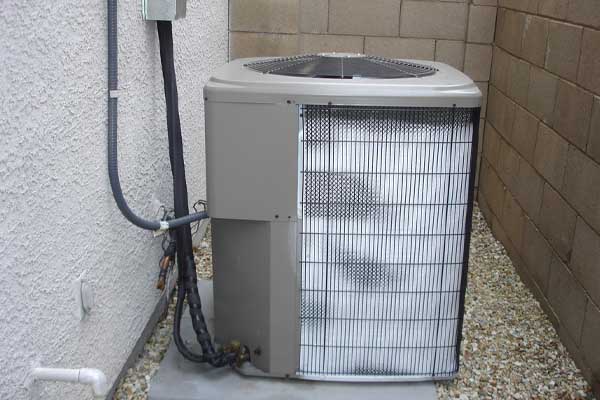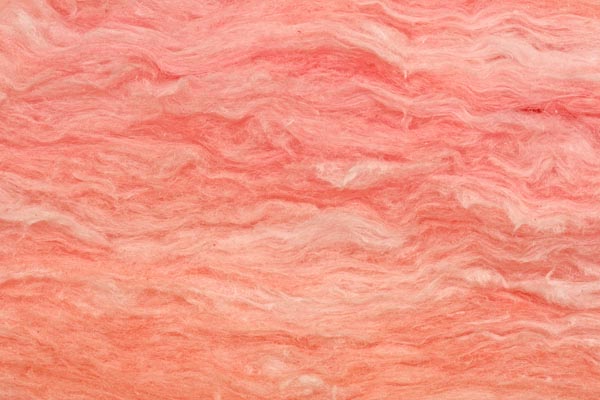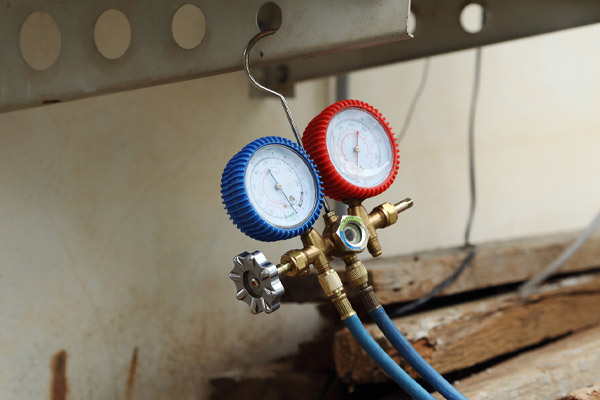Heat Pump Never Reaches Good Temperature In Cold Weather
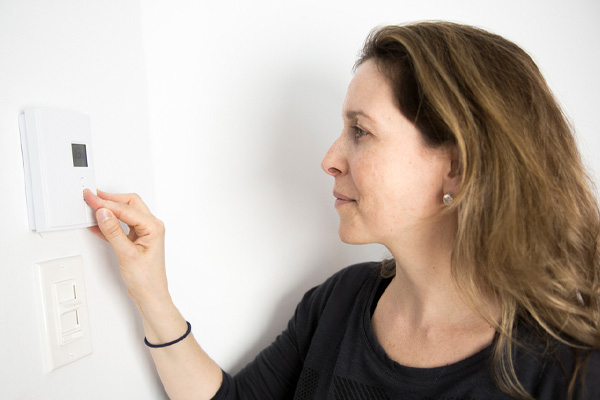
When it’s cold outside, you depend on your heat pump to keep your home warm. Just turn the thermostat to your desired settings. Usually, after a few minutes, the temperature will be noticeably different. The heat pump is working hard to make you and your home as comfortable as it can. However, nothing is perfect, including your heat pump – every so often, a homeowner will complain that their heat pump not keeping up in the cold weather.
By knowing your heat pump’s limitations, you will have realistic expectations about what your heat pump can and can’t do. Understanding these situations will enable you to set realistic expectations about what the heat pump can deliver. In this article, we will examine a big problem: a heat pump that does not keep up when it’s cold outside.
Your Heat Pump Is Running Behind
Contents
If you notice that your house seems a little cool in the peak of the winter and you use a heat pump, then this is not unusual. If you adjust the thermostat to your desired temperature, the heat pump will try to get there. However, the temperature may end up stalled a few degrees below the target. This is true even if the system has been running for a while.
For many people, missing the target temperature by a couple of degrees is not a big concern. They can still find comfort, even when the temperature outdoors plummets. Others truly feel it when the temperature is off by even just a bit. They might feel as if they need to call a professional HVAC contractor to take a look at their system. There may actually be a legitimate problem that needs to be fixed. However, it is just as likely that the heat pump is functioning normally. Heat pumps have a hard time producing large amounts of heat in conditions of extreme cold.
How A Heat Pump Works
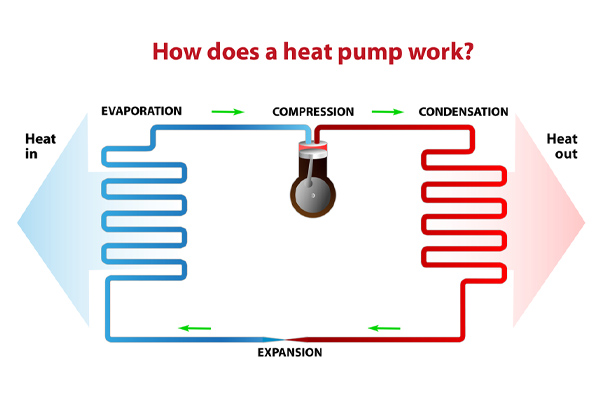
When it’s warm, heat pumps cool the inside by allowing the refrigerant to absorb the hot air inside. The heat is then released outside through the exterior unit. A fan pushes air over the coils to optimize the process. The unit depressurizes the refrigerant before going to the next cycle. The heat pump reverses this process during the winter months. Heat pumps take heat from the exterior to the interior of a structure. When it’s cold out, absorbing the heat outdoors does work as long as the temperature stays above zero.
Heat Pump Does Not Get To A Specific Thermostat Temperature
It should be noted that the efficiency of the heat pump declines with the outside temperature. As soon as the outdoor temperature drops below 35 degrees Fahrenheit, the heat pump efficiency deteriorates. The system will strain to keep the home warm inside when the temperature outside falls below zero degrees Fahrenheit.
This is why heat pumps are most commonly used in areas that typically have milder winters. In places with deep cold winters, boilers or furnaces are more commonly used. You also have the choice of a hybrid heating system.
This type of system combines a heat pump with a gas-fired heater. It can also be used in homes. The first is good for use in mild climates, and the second is best for use in extremely cold conditions.
You can also set the thermostat a few degrees higher to compensate. If you set the thermostat to 71 degrees, for example, the inside temperature may not get higher than 69°F. If you raise the temperature to 73-75 degrees, the internal temperature may improve as well.
Use this practical step to help keep the indoor temperature reasonable. The heat pump is still working, but it needs some help in order to deliver enough heat.
Other Reasons Your Heat Pump Isn’t Keeping Up
Below, we discuss some other common heat pump problems. These might affect how efficient your heat pump is when the weather is cold.
1. Frozen Outdoor Heat Pump Unit
If your heat pump isn’t working well, check to see if the outdoor unit is frozen over. If the temperature is too low, ice may have gathered on the device. This obstructs airflow and prevents heat absorption.
Usually, heat pumps have defrosters which help alleviate this problem. If the defrosters are active, this should be enough to fix the problem. If the ice does not melt after this, call a professional to take a look at it.
2. Malfunctioning Outdoor Heat Pump Unit
If it is not the ice, the problem could be a faulty component. Troubleshoot the heat pump. Make sure that the power supply is enabled if the device isn’t responding.
Check all the openings for any blockages. You may need to replace the air filters if they are clogged. This boosts heating capacity in addition to improving indoor air quality.
You may need to reach out to an HVAC expert if nothing changes after taking these actions. You may have issues with other components that make the heating cycle work.
3. Insufficient Home Insulation
Another thing to look out for is poor home insulation. This may make it difficult for your heat pump to keep up with falling temperatures. You may be losing more heat through the walls and roof than the heat pump can produce. This means your house won’t be as comfortable as you may like.
As strange as this may sound, make sure all your windows are closed and properly insulated. Find and fix any air leaks with caulk and weather-stripping. Call a professional HVAC expert for assistance in finding and fixing these leaks.
4. Not Enough Heat Pump Refrigerant
Insufficient refrigerant means that the heat pump can’t absorb heat very well. You will need to get in touch with a local HVAC technician for repairs to fix the leak. You will also need to recharge the refrigerant levels in the unit.
Be sure to let the technician know what kind of heat pump unit you have. You want the technician to deliver the right one.
5. Too Small For The Job
Another issue could be that your heat pump is too small to heat your home properly. Call an HVAC specialist to get a proper load calculation. You may need to get a new larger unit.
6. Faulty Thermostat
Another potential issue is a bad thermostat. The thermostat unit may need to be correctly calibrated. Other thermostat issues can include a malfunctioning sensor or low battery. Also check to see if unexpected heat sources near the thermostat are affecting the sensors.
7. An Aging Heat Pump
Finally, your heat pump may simply be old. Older heat pumps lose efficiency over time. It simply may no longer be up to the job of heating your home. A typical lifespan for heat pumps is about 12 years. If your unit is fairly old, consider getting a complete replacement unit. Seek the advice of a professional HVAC expert to help you make the best decision on equipment.
Conclusion
in the bitter cold, a heat pump may not work as well as you would expect. This is intrinsic to heat pumps and not a mechanical fault or malfunction. For the duration of the extreme cold, use the auxiliary settings or other heat sources to make sure your home is warm.
Otherwise, if the unit is not working well, get in touch with an HVAC technician. The technician will check for faults and perform maintenance or repairs. In some cases, replacement of the unit may be necessary.
For All Of Your HVAC Concerns, Call Townsend Energy

Should you need repair work or a replacement system, we can help you make the choices that will accommodate your needs and finances. What’s more, we stand behind our work with a satisfaction guarantee. Contact Townsend Energy today. Also, we can provide simple maintenance for your system, as well as give you a free estimate in the comfort of your own home for any job or installation you are considering.
Contact us now at (800) 722-4101 to find out more!

